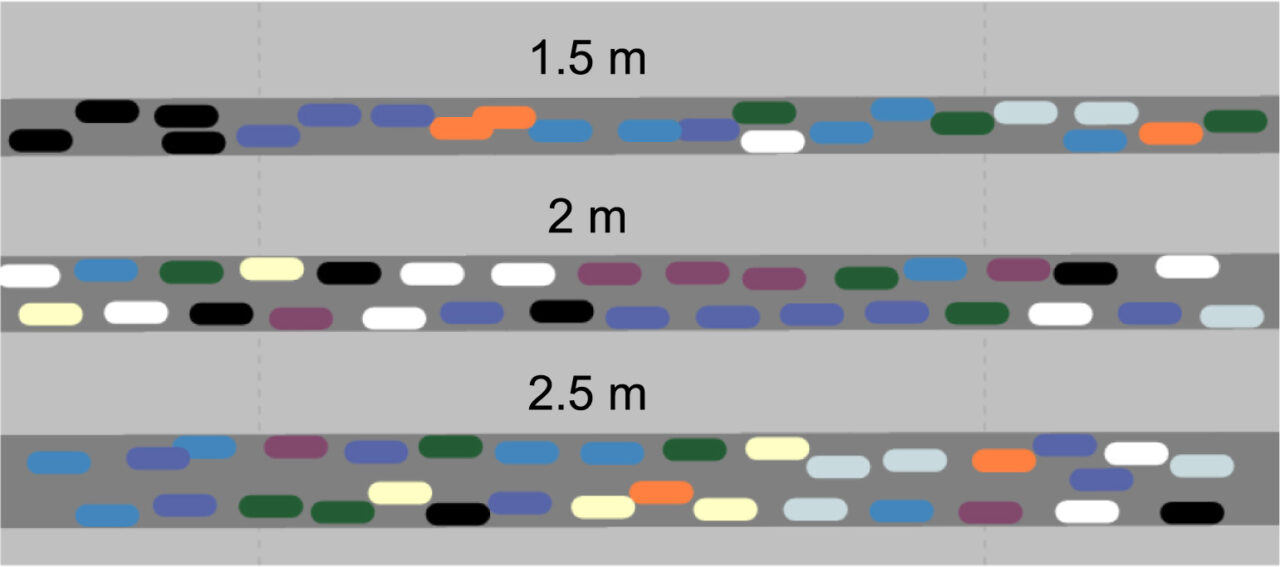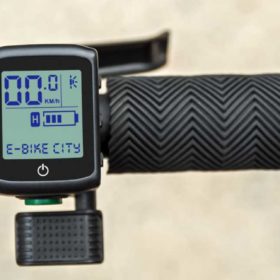
Yi-Chuan Ni, Michail A. Makridis, Anastasios Kouvelas
2024
Full text
Cities allocate dedicated road space to bicycles in favor of active-mode road users. For urban environments with a mass bicycle volume, bicycle traffic congestion is likely to occur. Hence, a thorough understanding of bicycle traffic flow is necessary for the assessment of cycling infrastructure and the development of traffic management strategies considering cycling efficiency.
This study aims to investigate bicycle flow characteristics using microscopic traffic simulation. As bicycle flow performance is subject to the non-lane-based movement strategy and the behavioral heterogeneity among cyclists, various scenarios with different microsimulation settings are evaluated. Ultimately, we derive the functional form fundamental diagrams and macroscopic fundamental diagrams using a curve-fitting approach and an analytical method, respectively. Important macroscopic traffic flow parameters, such as capacity, critical speed, critical density, backward wave speed, etc., are estimated. The results show that lane width, overtaking incentive, and desired speed distribution are factors that affect bicycle flow performance. The distinct features of bicycle flow under different traffic states are identified by discussing the simulation outcome and comparing the estimated flow parameters. The findings can be utilized by future research regarding large-scale bicycle traffic flow modeling and control.
